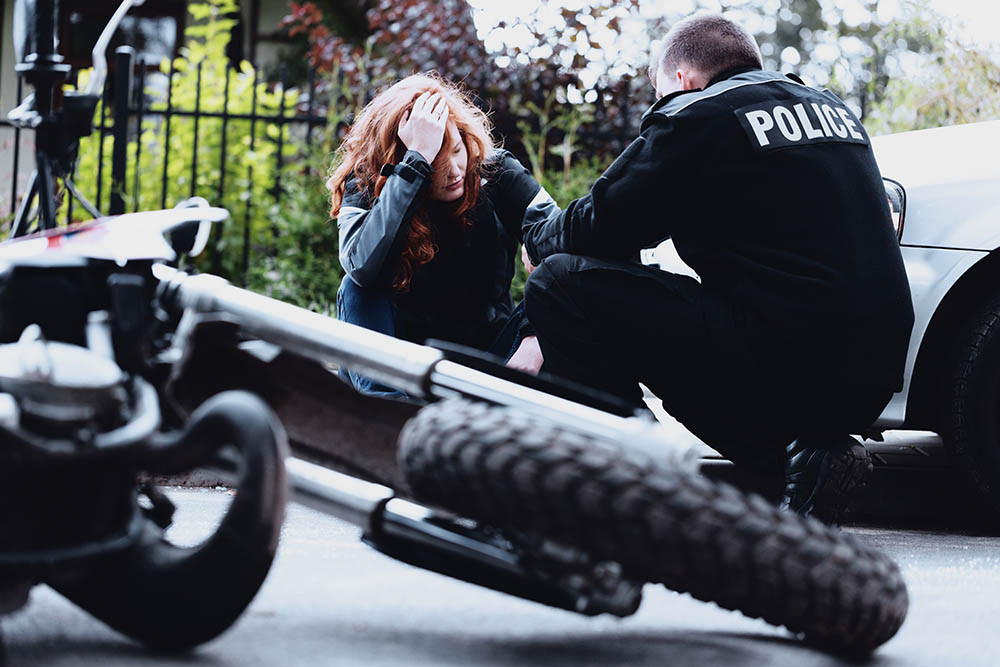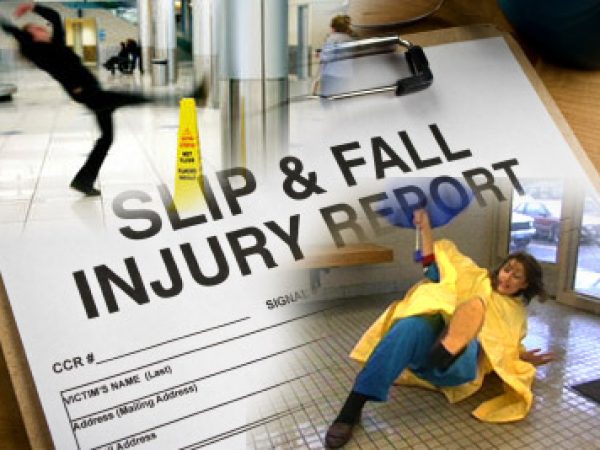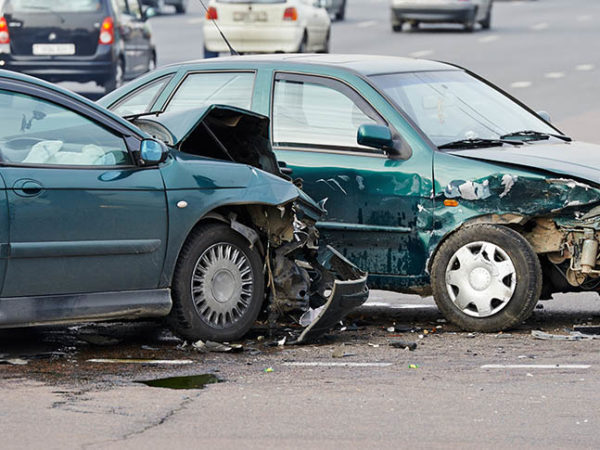
Ohio Personal Injury: What is an “Injury”?
If you were injured in an accident where another party acted negligently, recklessly, or intentionally, you have a case under Ohio personal injury law. But, Ohio laws can sometimes be tricky, so you need to understand how the state defines what an “injury” is.
Many personal injury cases arise from vehicle accidents. The statute of limitations for injuries or wrongful death resulting from a vehicle accident is two years from the time of the accident or the death. In other words, a personal injury suit must be filed within two years from the date of the accident.
You also need to understand what negligence and recklessness are under Ohio law. If death results from a vehicle accident, the surviving family of the deceased may be able to file a wrongful death claim. Under Ohio law, any action that would have entitled a deceased victim to file a personal injury claim had he or she lived provides grounds for a family member to pursue a wrongful death case on their loved one’s behalf.
To prevail on a personal injury claim for injuries resulting from a vehicle accident, you must show that your injuries were directly and proximately caused by the other driver’s negligence or recklessness. You have to prove that the other driver made an error, which caused harm to you.
Often, vehicle accidents are caused by drivers who are on the job. In those cases, the owner of the company may liable for the personal injuries caused by their employee, and they may be liable for negligently hiring, retaining, supervising, and/or training the employee who caused the accident.
So what are negligence and recklessness under Ohio personal injury law? A driver is considered negligent when he or she fails to exercise a normal level of care. The degree of care drivers must take is spelled out in traffic laws covering everything from stopping at red lights and checking blind spots before changing lanes to yielding to pedestrians in crosswalks. A trucking company would be negligent if it failed to ensure a driver was properly licensed and trained, or if it failed to replace worn tires and brakes.
Recklessness is when someone operates a vehicle in willful or wanton disregard of safety. Exceeding the posted speed limit by more than 25 mph and driving under the influence of alcohol or drugs are common examples of reckless operation. Traffic tickets and police reports can be used as evidence of negligence or recklessness. Convictions on charges are not necessary, but all the information gathered by police can be used to support personal injury claims.
Ohio Personal Injury: Getting Justice
Generally, you have two years from the date of a traffic accident to file an insurance claim or lawsuit. Many lawsuits evolve out of stalled or denied insurance claims, so speaking with an experienced Ohio personal injury lawyer as soon as possible after an accident is vital.
You need an attorney on your side. They will show you what a fair and adequate settlement offer should look like, deal with insurance company representatives, and, if necessary, arrange for an independent investigation.
If you’ve suffered a personal injury, Taubman Law is here to fight for your rights. Contact Brian and Bruce Taubman at Taubman Law for a free, no-obligation consultation. We’re Cleveland lawyers who care and will give your case the personal attention you deserve.
This post was written by Cleveland attorney Bruce Taubman, who practices workers’ compensation, personal injury, and medical malpractice throughout Ohio.
Taubman Law primarily practices in personal injury, medical malpractice, workers’ compensation law, and employment discrimination throughout Northeast Ohio and beyond. For more than 40 years, the Taubman Law Family has been helping our clients receive the compensation that they deserve. Come and see us at our Ohio City office (1826 West 25th) for a free consultation or contact us here to set up an appointment. A lawyer who cares is right around the corner. Taubman Law — Smaller, Smarter, Better.




